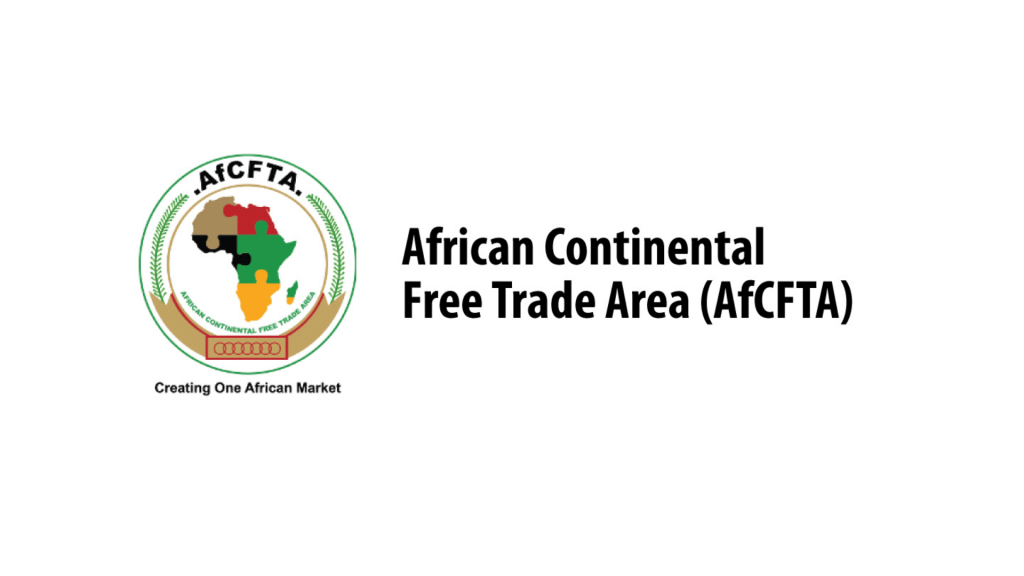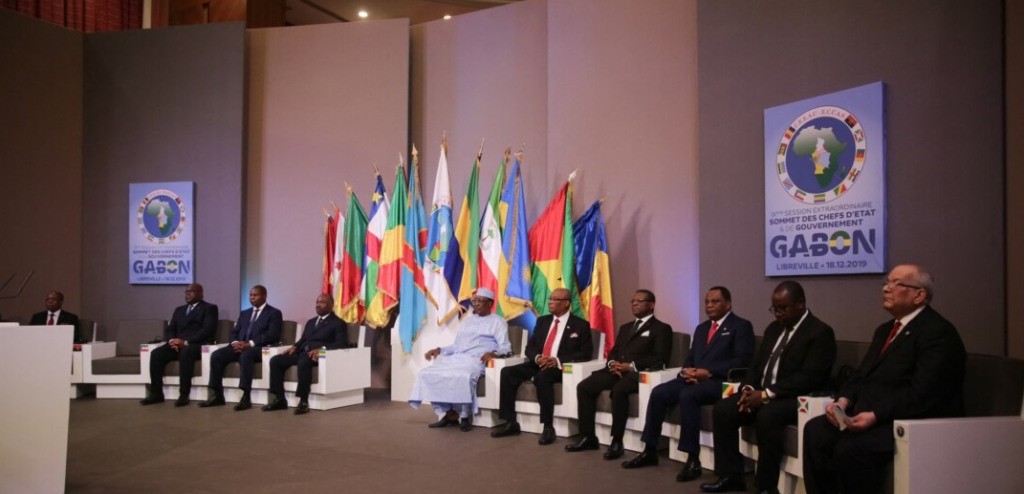Mauritania is a country located in the northwest region of Africa, bordering the Atlantic Ocean to the west, Western Sahara to the north and northwest, Algeria to the northeast, Mali to the east and southeast, and Senegal to the southwest. The history of Mauritania is one that is deeply intertwined with the history of North and West Africa, with a rich cultural heritage that has been influenced by various empires and civilizations that have passed through the region over time.
The earliest evidence of human habitation in Mauritania dates back to the Neolithic period, around 5000 BCE, with evidence of hunter-gatherer societies in the region. The first recorded empire in the region was the Ghana Empire, which emerged in the 6th century CE and controlled much of West Africa, including modern-day Mauritania. The Ghana Empire was followed by the Kingdom of Ghana, which emerged in the 8th century CE and lasted until the 11th century CE, when it was conquered by the Almoravid Empire.
The Almoravid Empire was a Berber Muslim empire that emerged in the 11th century CE and controlled much of North and West Africa, including modern-day Mauritania. The empire was known for its strict adherence to Islamic law and its military prowess, and it was responsible for the spread of Islam throughout much of the region. The Almoravid Empire was followed by the Almohad Empire, another Berber Muslim empire that emerged in the 12th century CE and controlled much of North and West Africa, including modern-day Mauritania.
In the 14th century CE, the region that is now modern-day Mauritania was part of the Mali Empire, which was one of the largest empires in West Africa and controlled much of the region. The Mali Empire was followed by the Songhai Empire, which emerged in the 15th century CE and lasted until the 16th century CE, when it was conquered by the Moroccan Empire.
The region that is now modern-day Mauritania was then part of the Moroccan Empire until the 19th century CE, when it became part of the French colonial empire. Mauritania gained independence from France in 1960 and has since experienced periods of political instability, including military coups and ethnic tensions. In 1984, Mauritania became the last country in the world to officially abolish slavery, although the practice continues in some forms to this day.
In conclusion, the history of Mauritania is one that is deeply intertwined with the history of North and West Africa, with a rich cultural heritage that has been influenced by various empires and civilizations that have passed through the region over time.
Location
Mauritania is a country located in West Africa. It is bordered by the Atlantic Ocean to the west, Western Sahara to the north and northwest, Algeria to the northeast, Mali to the east and southeast, and Senegal to the southwest. The coordinates for the capital city, Nouakchott, are 18.0791° N, 15.9783° W (Google Maps, n.d.).
According to the Central Intelligence Agency (2022), Mauritania is located at “20 00 N, 12 00 W” on the African continent. The country has a total land area of 1,030,700 square kilometers, making it the eleventh largest country in Africa (CIA, 2022).
Mauritania’s location on the western coast of Africa has made it a hub for trade and commerce throughout history. The country has access to both the Atlantic Ocean and the Sahara Desert, which has allowed it to benefit from both the natural resources of the sea and the caravan routes that once crossed the Sahara (Embassy of the Islamic Republic of Mauritania, 2020).
In conclusion, Mauritania is located in West Africa, bordered by the Atlantic Ocean to the west, Western Sahara to the north and northwest, Algeria to the northeast, Mali to the east and southeast, and Senegal to the southwest. The capital city, Nouakchott, has coordinates of 18.0791° N, 15.9783° W.
https://www.britannica.com/place/Mauritania
Climate
Mauritania is a country located in West Africa, bordering the Atlantic Ocean to the west. The climate of Mauritania is characterized by aridity and extreme temperatures, with hot summers and mild winters. The country is largely covered by desert, with the Sahara covering much of the eastern and northern parts of the country.
According to the Köppen climate classification system, Mauritania’s climate is primarily classified as BWh, meaning it is hot and arid. The country experiences very little rainfall, with the average annual rainfall ranging from 50 mm to 350 mm depending on the region. The rainfall is highly variable and irregular, with much of the country experiencing a single rainy season from July to September, and the rest of the year being dry.
Temperatures in Mauritania are high throughout the year, with the hottest months being from May to September. In the interior of the country, temperatures can reach as high as 50°C during the day, while nighttime temperatures can drop below freezing in the winter months. The coastal regions of Mauritania are cooler, with temperatures ranging from 20°C to 30°C.
The climate of Mauritania is also impacted by the Harmattan, a dry and dusty trade wind that blows across West Africa from the Sahara. The Harmattan typically occurs between November and February, and can result in decreased visibility and respiratory problems for some people.
Overall, the climate of Mauritania is challenging for human habitation and agricultural production, with limited rainfall and high temperatures. Climate change is also expected to exacerbate the already difficult conditions in the country, with increased temperatures and decreased rainfall predicted for much of West Africa (IPCC, 2021).
https://commons.wikimedia.org/wiki/File:Koppen-Geiger_Map_MRT_present.svg
Languages
Mauritania is a multilingual country with several languages spoken throughout its territory. According to the CIA World Factbook, the official language of Mauritania is Arabic, while French is considered a de facto official language (CIA World Factbook, 2022). However, there are several other languages spoken in the country, including Pulaar, Soninke, Wolof, and Hassaniya Arabic.
Arabic is the most widely spoken language in Mauritania and is used in government, media, and education. There are two main dialects of Arabic spoken in Mauritania, which are Modern Standard Arabic and Hassaniya Arabic. Modern Standard Arabic is the official language of the country, while Hassaniya Arabic is spoken by the majority of the population, especially in the southern part of the country (World Atlas, 2022).
Pulaar is a West African language spoken by the Pulaar people in Mauritania, as well as in several other neighboring countries. It is considered the second most spoken language in Mauritania, and it is also used in government and education, particularly in the regions of Trarza and Brakna (Ethnologue, 2022).
Soninke is another West African language spoken in Mauritania, as well as in Senegal, Mali, and The Gambia. It is mainly spoken in the southern regions of Mauritania, such as the regions of Guidimaka and Hodh Ech Chargui (Ethnologue, 2022).
Wolof is a West African language spoken in several countries, including Mauritania, Senegal, and The Gambia. It is mainly spoken in the capital city of Nouakchott and other urban areas, where there is a significant Wolof population (Ethnologue, 2022).
Hassaniya Arabic, Pulaar, Soninke, and Wolof are recognized as national languages in Mauritania, along with Arabic and French (Ethnologue, 2022). However, the use of these languages varies depending on the region and the community. For example, while Hassaniya Arabic is widely spoken in the south, Pulaar is more common in the west, and Soninke is mainly spoken in the east (World Atlas, 2022).
In conclusion, Mauritania is a multilingual country with several languages spoken throughout its territory. While Arabic and French are considered official languages, Hassaniya Arabic, Pulaar, Soninke, and Wolof are also widely spoken and recognized as national languages. The use of these languages varies depending on the region and the community, and they all contribute to the country’s linguistic diversity and cultural richness.




